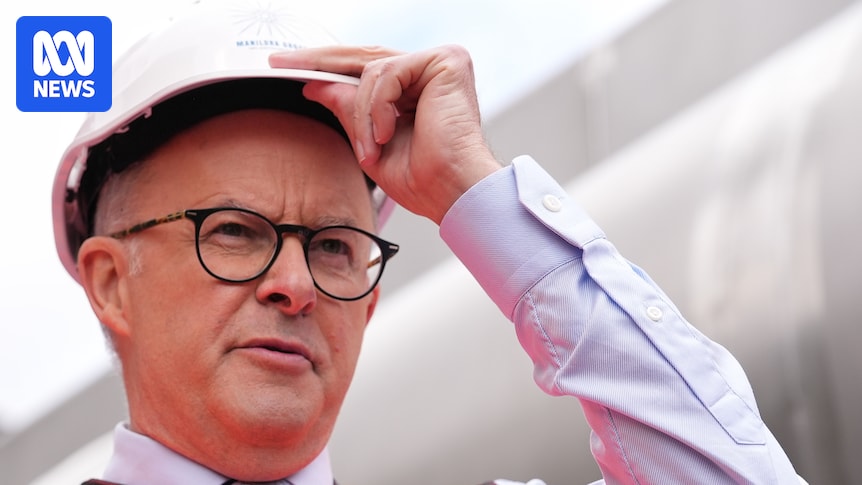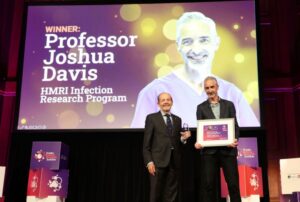
Sometimes, scientific breakthroughs can originate in the most unlikely of places. In 1930s Australia, flystrike posed a serious threat to the nation’s sheep herd and economy. The CSIRO recruited scientist Doug Waterhouse to tackle the issue, leading to the development of Aerogard, a significant achievement that later served troops during World War II by protecting them from malaria-bearing mosquitoes.
In the early 1990s, a CSIRO team led by John O’Sullivan researched theoretical deep space radio waves, a project not considered a national priority at the time. This research eventually led to the invention of wi-fi, now used in billions of devices worldwide. Such stories highlight the importance of allowing scientists the freedom to explore seemingly impractical ideas.
CSIRO Job Cuts and Political Reactions
This week, the CSIRO announced plans to cut up to 350 research positions, adding to over 800 jobs already eliminated in the past 18 months. The CSIRO Staff Association responded with a press release, criticizing the Albanese government with the headline, “Worse than Abbott,” a reference to the previous Coalition government’s cuts.
Prime Minister Anthony Albanese, who previously accused the Coalition of “hollowing out” the CSIRO, defended the cuts, stating, “We’re friends of science.” He argued that the reductions are intended to ensure that “every single dollar for scientific research is going in the right direction.”
Chronic Underfunding and Its Implications
Despite government claims of fiscal responsibility, CSIRO CEO Doug Hilton describes the situation as a “sustainability challenge,” a euphemism for chronic underfunding. While government funding has increased annually, it has not kept pace with inflation, effectively reducing the CSIRO’s budget in real terms.
“Funding has grown by an average 1.3 per cent per annum over the past 15 years, compared to an average inflation rate of 2.7 per cent,” Hilton noted, highlighting the financial strain on the institution.
Hilton blames successive governments for failing to provide adequate support, stating that the current funding “just doesn’t keep up with the cost of doing science.” This financial constraint limits the CSIRO’s ability to engage in “pure” research, which is not directly tied to practical solutions but is crucial for long-term innovation.
The Value of Pure Research
The scientific community is deeply concerned about the diminishing capacity for pure research. Ryan Winn, CEO of Science and Technology Australia, emphasized the importance of curiosity-driven exploration, stating, “Amazing things come from amazing minds when they don’t have to follow the bouncing ball.”
“If we cut off curiosity and discovery, I’d hate to think of the things we lose,” Winn added, underscoring the potential missed opportunities for future generations.
Comparative Analysis and Future Prospects
While the government has prioritized protecting jobs in traditional industries like metals manufacturing, the same level of support has not extended to the CSIRO. This disparity raises questions about Australia’s commitment to fostering new and emerging industries.
Australia’s total spending on research and development (R&D) remains below the OECD average. As a percentage of GDP, Australia’s R&D spend is about 1.7 per cent, trailing behind countries like the US, Israel, and South Korea.
A review into R&D spending, chaired by Tesla’s global chair, Robyn Denholm, aims to boost investment and enhance efficiency. The report, due by the end of the year, is anticipated by many, including CSIRO’s Doug Hilton, who hopes it will advocate for increased funding that could lead to future breakthroughs akin to Aerogard or wi-fi.
The CSIRO’s situation highlights a broader debate about national priorities in scientific research and innovation. As the government seeks budget savings, the balance between immediate economic interests and long-term scientific exploration remains a contentious issue.





